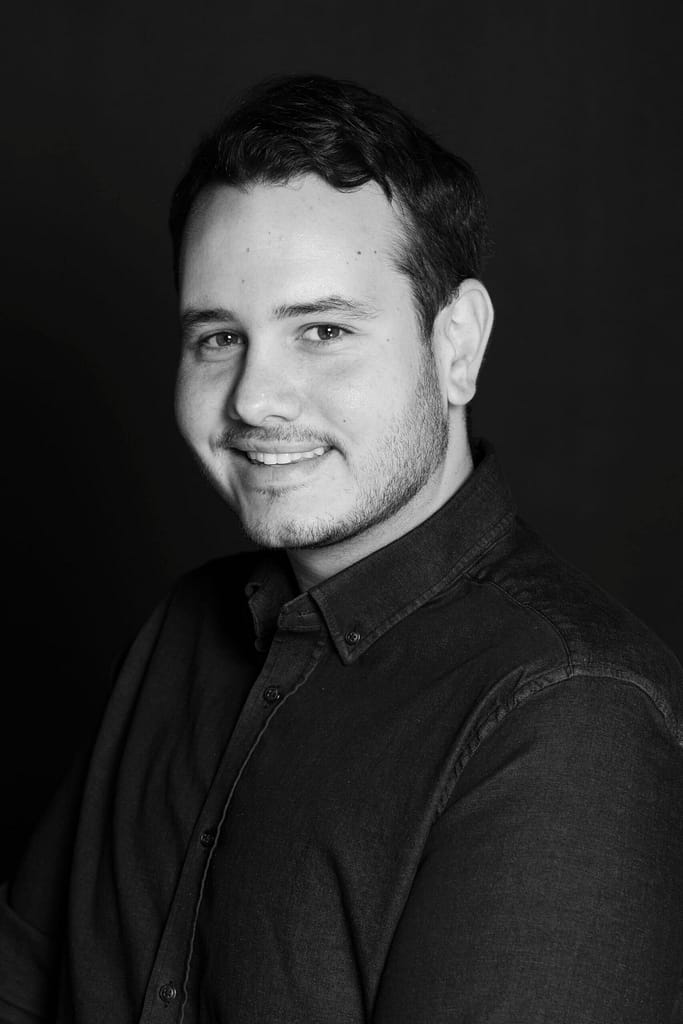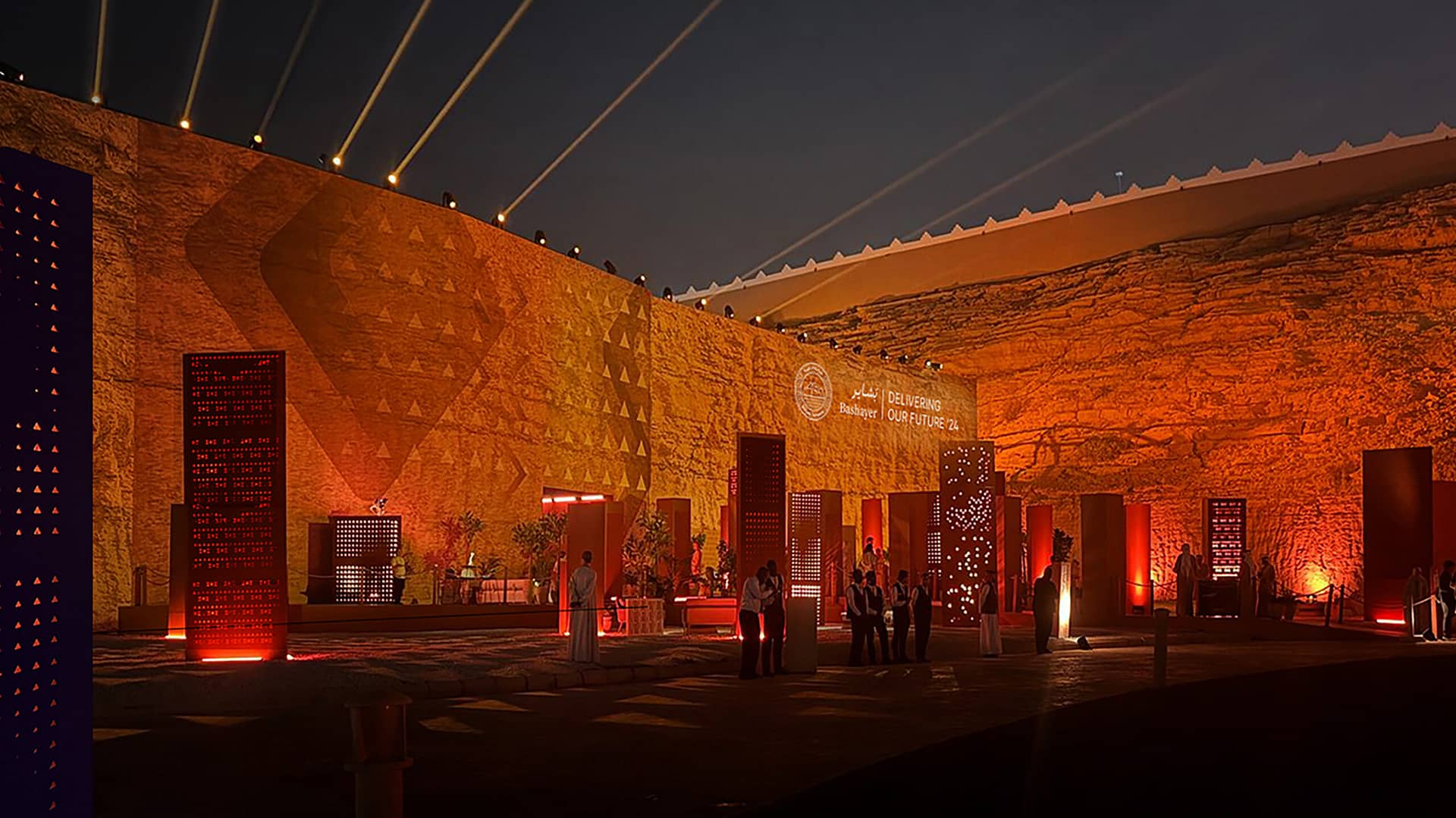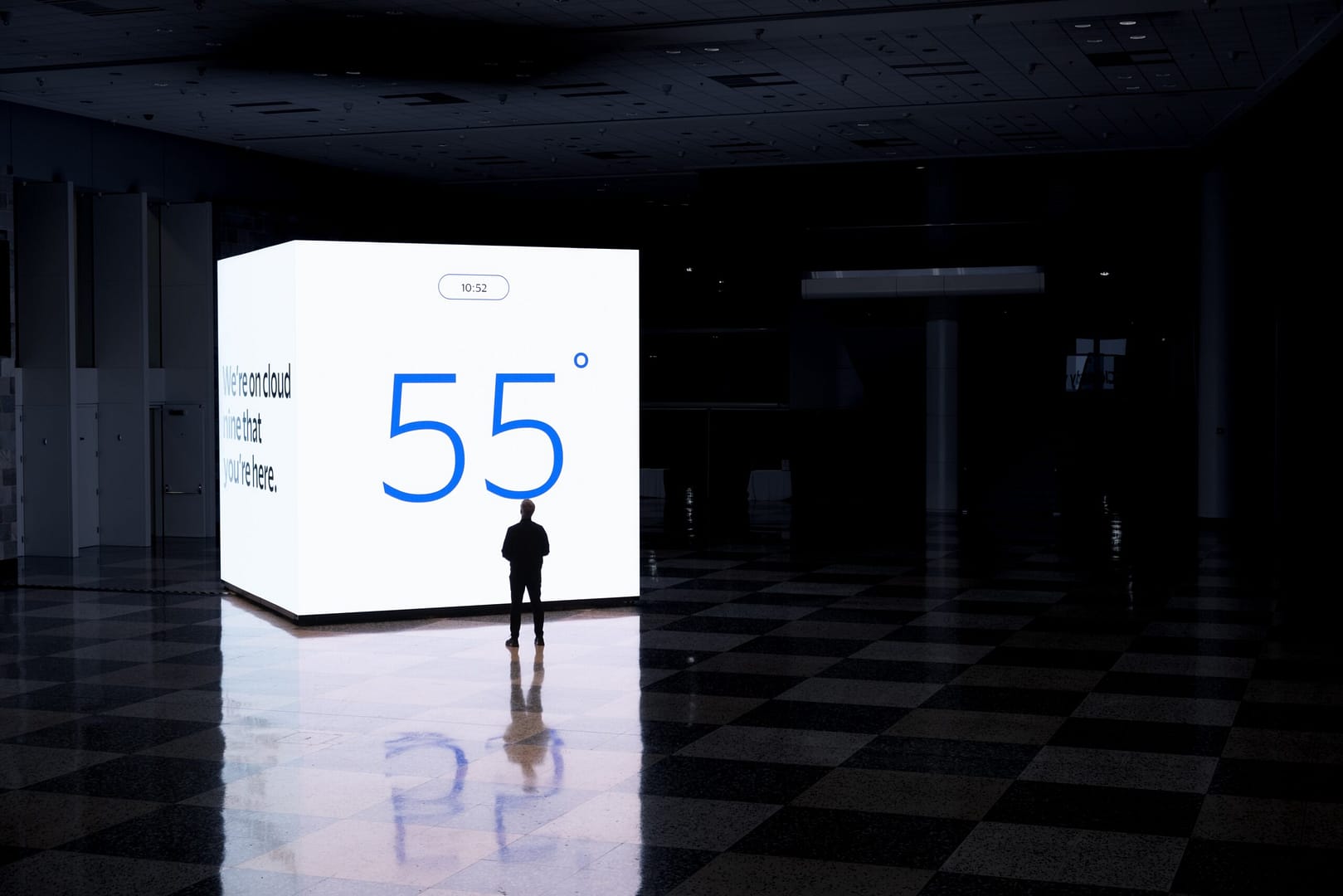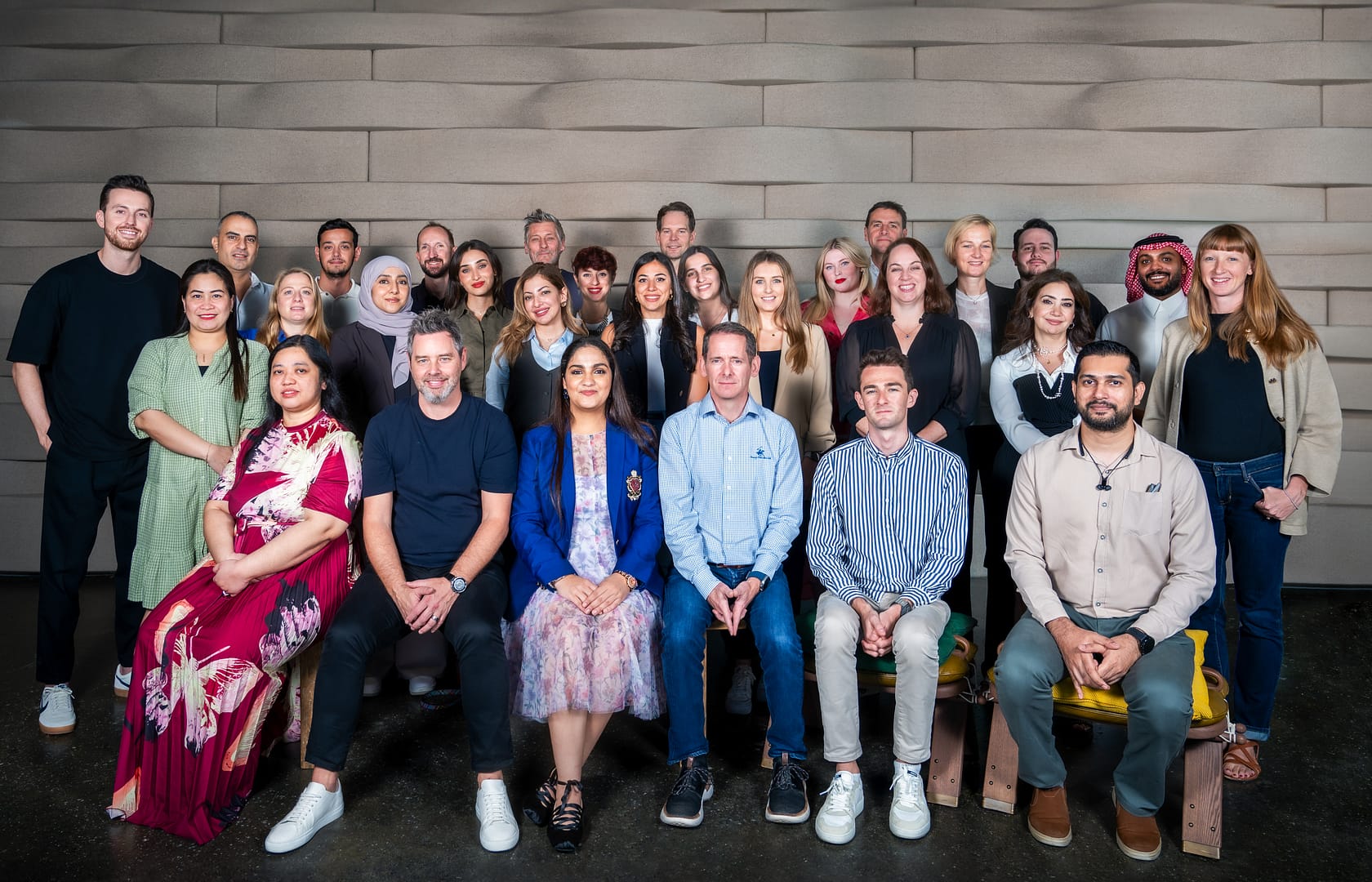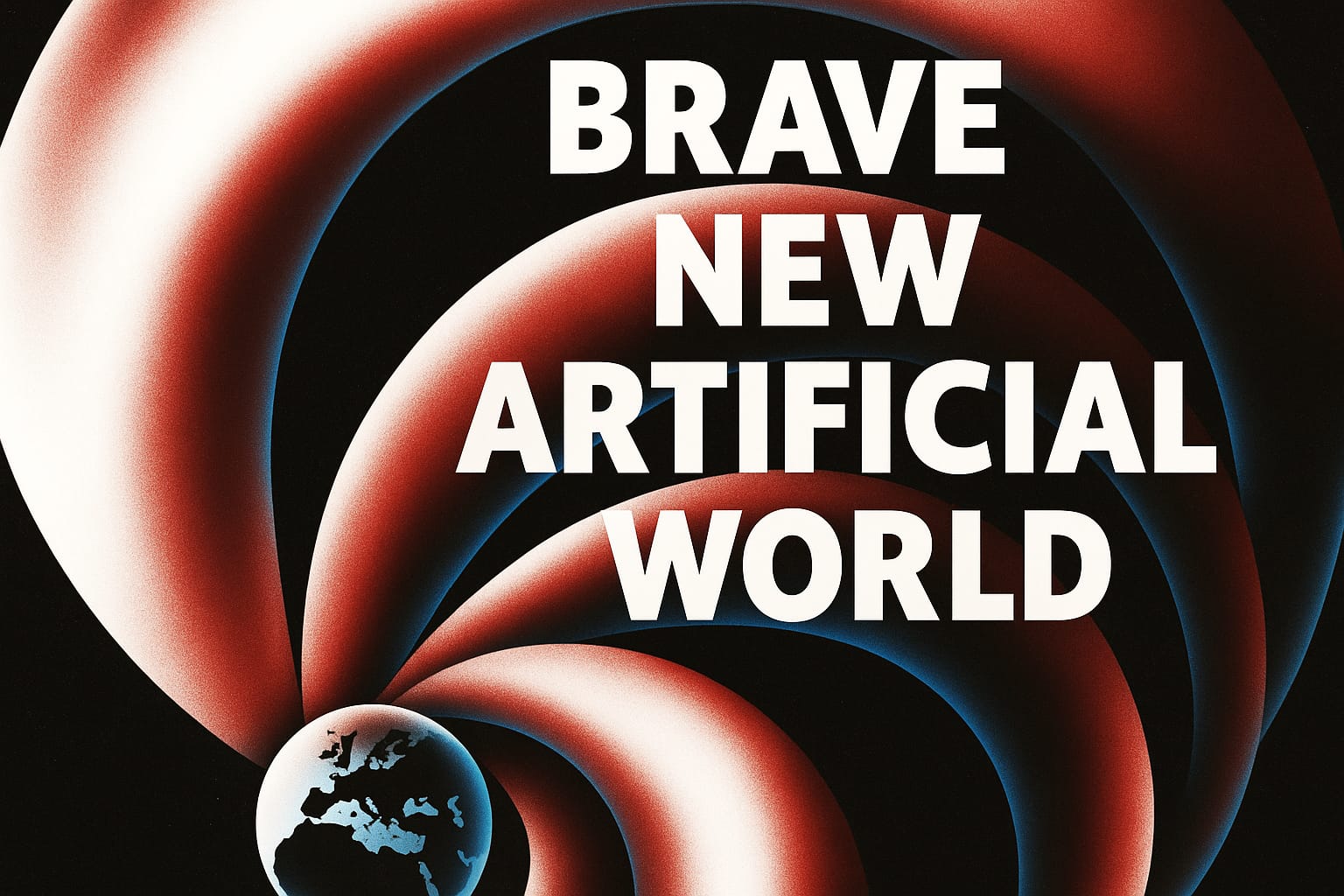
This article first appeared in Little Black Book written by, Junior Gonzalez, Senior Strategist from our Dubai studio.
When Aldous Huxley wrote ‘Brave New World’ in 1932, he imagined a society engineered for comfort with no pain, no uncertainty, no love. In that sterile utopia, one man, John the Savage, rebels. “I don’t want comfort,” he says. “I want God, I want poetry, I want real danger, I want freedom, I want goodness, I want sin.”
I often think of John when I meet creatives who hesitate to use AI. They’re told the new tools will make their lives easier, yet they resist, not out of fear, but because they know creativity is born from friction. From hitting a wall repeatedly. From imagination.
But resistance won’t stop what’s coming. The Interactive Advertising Bureau predicts that 40 per cent of all ads will use AI tools by 2026, and 90 per cent of advertisers will rely on them for video content. Half of what we’ll see online will carry an LLM’s fingerprint.
Still, this isn’t as new as it seems. We’ve been automating creativity for decades. Netflix once surprised us with odd recommendations that didn’t match our tastes; now its algorithm predicts our tastes too precisely. Spotify has moved from discovery to an echo chamber. Even autocorrect, the unassuming 1990s helper, was an early language model (kind of). What began as convenience became dependency.
I call it the Useful–Uncanny Spectrum: from spellcheck (helpful) to recommendation (personalised) to AI-generated (unsettling and pretty bizarre). Each step makes life easier, yet it also makes us uneasy.
This shift is redefining content creation itself. We’ve moved from curated to created, from crafted to generated. AI bands like Velvet Sundown can compose entire albums in minutes. But where’s the emotion? It’s not the output that moves us; it’s the implication of human struggle behind it.
Take art. Mark Rothko’s Orange Red Yellow sold for $87 million because of the myth and humanity woven into it, not its geometry and precision. When an AI solution paints the same thing in 40 seconds, it copies the look, not the life, lore, and ‘myth’ behind it.
This affects not only art and artists, but also science. Let’s take medicine. Microsoft’s newest AI Diagnoser (full name is MAI-Dx Orchestrator) outperforms human doctors by 4x – so four times ‘better’. In every field built on reasoning, machines now rival our best minds. So what’s left for us to do?
The answer is simple: imagination. True Artificial General Intelligence is still years away, and until then, machines don’t share our instincts. They can’t discern truth from noise, or context from coincidence. They don’t get goosebumps when an idea lands, or grow insane when it doesn’t.
At Imagination, we use AI daily – but always to amplify, not replace, creativity. Because AI knows only what it’s told, and the internet, its proverbial ‘teacher’, often lies or is wildly inaccurate. Humans still hold three advantages: we know credible sources, we’re driven by curiosity, and we can tell when something feels wrong.
We also have taste – the new rebellion. In a world of infinite content, having an eye for what is ‘real’ becomes the ultimate differentiator. AI can imitate style but not sense. It can remix culture, but not originate meaning.
The creative process of the future will be hybrid. Humans will define direction; AI will deliver speed. The challenge is to use that acceleration to deepen, not dilute, imagination.
And we must stop apologising for our flaws. Our emotions and contradictions aren’t bugs; they’re our features. They’re what make us human. The moments of doubt, laughter, and intuition that no algorithm could replicate are the real engines of progress.
History reminds us that every new tool seems like ‘the end’ at first. The pencil replaced the quill, the keyboard replaced the typewriter, and the language model replaced autocorrect. None killed the writer. Each just changed where and how imagination comes alive.
Imagination never dies; it transforms. From cave walls to code, it survives every revolution. The only danger is forgetting that creativity’s true purpose isn’t speed, but connection.
Even in this brave new artificial world, the most powerful technology is still our own humanity. And as long as we choose to remain human, the future will stay ours to design.
